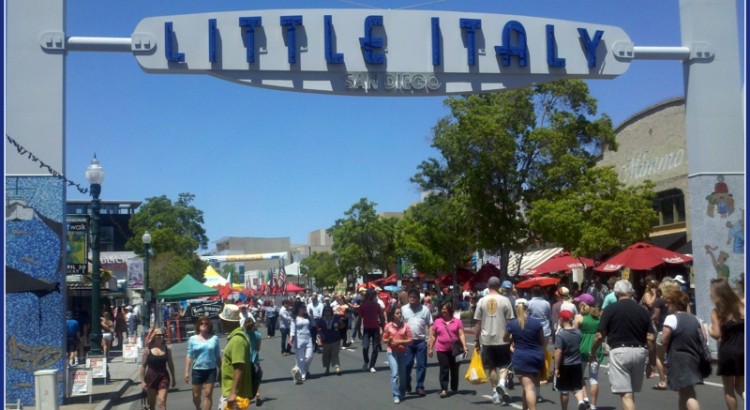The neighborhood that we know today as “Little Italy” was originally a fishing town occupied predominately by Italian immigrants. It’s a hilly little place that has since been gentrified, and it now caters to high fashion and fine Italian dining. While it plays on the roots of Little Italy, the new place is a far cry from what the area used to be like.
Little Italy was known primarily for producing the boats that ran the American tuna industry in the San Diego area. They were instrumental in the tuna and canning business that brought so many jobs to the area and made San Diego so rich in opportunity. This was during the early part of the 19th century, when San Diego was colloquially called “The Tuna Capital of the West.” At the peak of production, thanks in large part to Italian boat building, the industry employed well over 1,000 people.
Unfortunately, the rising costs of everything in the region drove the tuna business away. Little Italy managed to maintain a fishing fleet supported by some of the canneries, but production in the region halted substantially. That fleet remains today, staffed mostly by immigrants from places like Portugal and Italy.
The area saw an influx of families after the 1906 earthquake that nearly leveled San Francisco. Little Italy was eventually split by the interstate freeway that ran through the area, but residents there commemorate the region’s roots with a sculpture dedicated to the tuna industry that helped give people the chance to build something.


